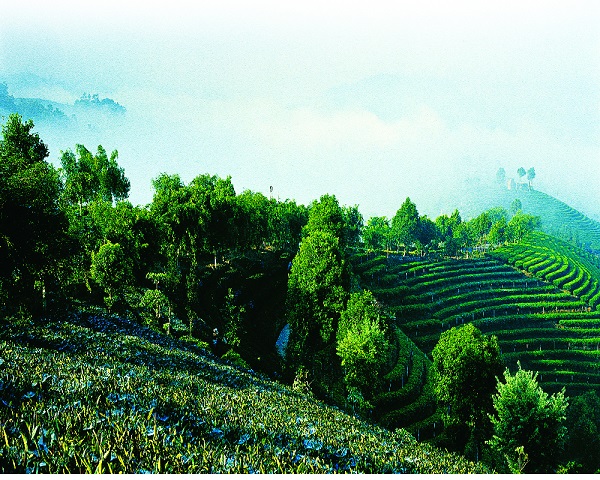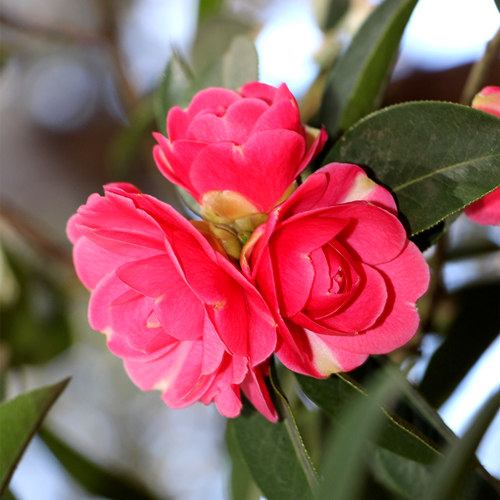
Detailed Introduction to Yuanyang County of Honghe Prefecture
Overview
Yuanyang County (元阳县) lies in the southern part of Honghe Prefecture, Yunnan Province, and is globally renowned for its Hani Rice Terraces, a UNESCO World Heritage Site. As one of China's most iconic cultural landscapes, Yuanyang embodies the perfect harmony between human ingenuity and nature, shaped over more than 1,300 years by the Hani people. In addition to its scenic beauty, Yuanyang offers a rich tapestry of ethnic culture, biodiversity, and rural heritage.
Geography and Climate
Location: Southwestern Honghe, bordering Vietnam across the Red River
Area: ~2,200 square kilometers
Topography: Mountainous terrain with deep valleys, cliffs, and cascading terraces
Elevation Range: From ~140 meters in river valleys to over 2,900 meters on mountaintops
Climate:
Subtropical monsoon climate with great vertical variation
Mild winters and cool summers
Annual average temperature: ~16–22°C
Rainfall: 1,000–1,400 mm/year, concentrated in May–October
High humidity and frequent clouds, which create ideal growing conditions for rice
Population and Ethnic Groups
Total Population: ~380,000
Ethnic Composition:
Hani (over 50%) – indigenous creators of the rice terraces
Yi, Dai, Miao, Yao, and Han also live in harmony in the region
The Hani people are known for their terrace farming, mushroom-shaped houses, and rich oral traditions
Key Attractions
�� Honghe Hani Rice Terraces (红河哈尼梯田) – UNESCO World Heritage Site
Stretch across four counties (Yuanyang, Honghe, Jinpin, Lüchun) — Yuanyang being the heart and highlight
Terraces range from mountaintops down to river valleys, with thousands of layers
Famous scenic spots:
Duoyishu (多依树) – Best for sunrise photography
Laohuzui (老虎嘴 / Tiger Mouth) – Most dramatic and steep terraces
Bada (坝达) – Sunset and cloud-sea views
Built and maintained by generations of Hani farmers without modern machinery
Represent a sustainable farming system integrating forest–village–terrace–water system
��️ Azheke Traditional Hani Village (阿者科村)
An intact Hani settlement preserving mushroom-shaped earthen houses
Recognized as a "living museum" of Hani culture
Visitors can explore terraced fields, learn weaving and tea-making, and experience daily Hani life
�� Hani Festivals and Traditions
Angmatu Festival – Hani New Year celebration featuring traditional songs, dances, and bullfights
Kuzhazha Festival – Hani farming and harvest rituals
Hani women’s colorful costumes and multi-part harmonies (Hani folk songs) are recognized as intangible cultural heritage
Culture and Heritage
�� Hani "Forest-Village-Terrace-Water" System
This sophisticated agro-ecological system includes:
Forests on mountaintops (protecting water sources)
Villages below the forests (with earth dwellings)
Terraces below the villages (for rice cultivation)
Irrigation canals and ditches drawing water from forests into the terraces
�� Hani Oral Literature and Arts
Epic storytelling, polyphonic singing, and ritual chants
Face tattooing, silver jewelry, and textile embroidery among minority women reflect deep symbolism and history
Ecology and Biodiversity
Yuanyang is located in a biodiversity hotspot:
Home to cloud forests, rare birds, orchids, and medicinal herbs
Rice terraces double as wetland ecosystems supporting frogs, fish, and waterfowl
Protected areas near villages maintain ecological balance between agriculture and environment
Economy
Terrace rice farming is the backbone of rural life
Other economic activities:
Tourism (eco- and cultural tourism, photography)
Tea production, fruit cultivation (bananas, passionfruit)
Handicrafts (Hani embroidery, woven bamboo, traditional instruments)
In recent years, Yuanyang has become a hotspot for rural revitalization, integrating sustainable tourism and e-commerce
Transportation and Accessibility
Road Access:
Highways connect Yuanyang to Jianshui, Gejiu, and Kunming (~6–8 hours by car)
Improved scenic roads connect Xinjie Town, the old county seat, with key viewing platforms
Public Transit:
Long-distance buses from Kunming and regional hubs
Tour shuttles serve popular terrace sites and ethnic villages
Air Travel:
Nearest airport: Honghe



